Elizabeth II – United Kingdom
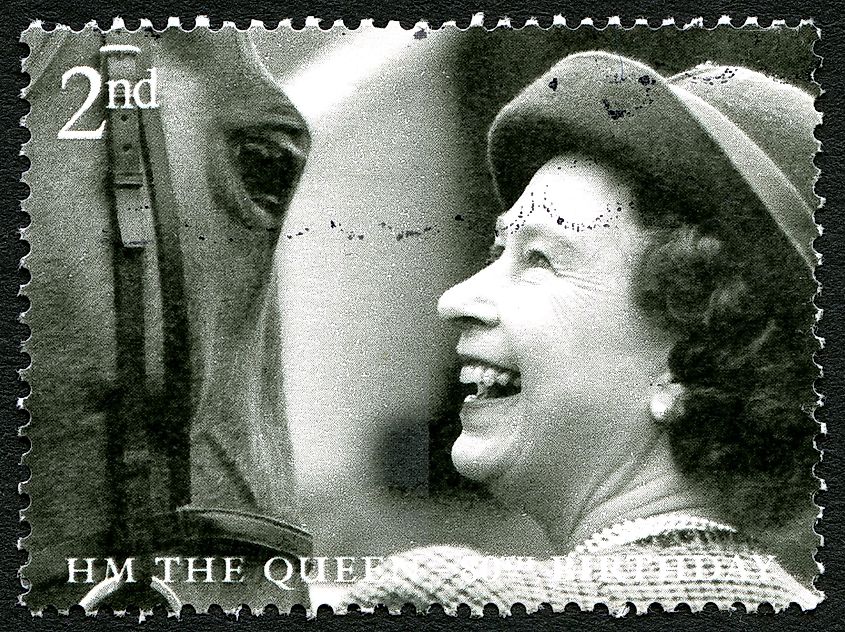
Elizabeth II was the longest-reigning monarch in Britain, and the second longest-reigning monarch of all time. She began her rule in 1952 at the age of 25, and ruled Britain for a record 70 years and 214 days. This has made her the longest-reigning monarch in British history, and the second longest of all time.
Upon her ascension to the throne, British influence across the world had been waning for some time, and she became Queen near a time generally considered to be the end of the British Empire. Her rule saw the expansion of the Commonwealth, a voluntary political association of 54 states, most of which are former British colonies.
She was the most popular figure in the British royal family and was known for often maintaining a neutral public stance towards British politics. Throughout her 70 years on the throne, 15 prime ministers have served under her, and the UK enjoyed positive diplomatic relations with most of the international community. Controversially, her governments have engaged in several armed conflicts, such as the Falklands War, Gulf War, and Iraq War.
At the time of her death, she was head of state of 15 different countries, and the last living head of state to have served in WWII.
Lakshmi Bai – Jhansi, India
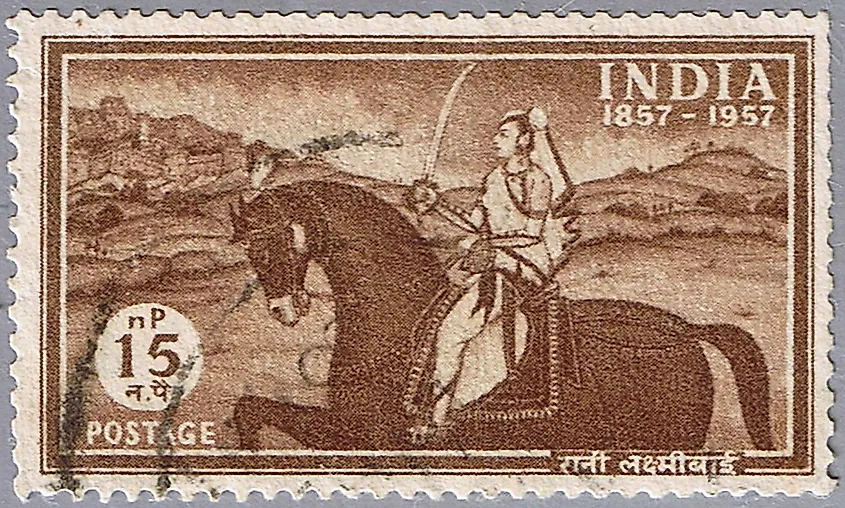
Lakshmi Bai was the fierce and skilled queen of the Jhansi state of India. She joined the Indian Rebellion of 1857, which broke out in opposition to the British East India Company. The British East India Company was a trade corporation that informally ruled India on behalf of the British Crown, and was known for enacting brutal policies to control Indian trade.
Lakshmi Bai’s state was attacked by British forces, leading her to flee with her army. However, her subsequent capture of the Gwalior fortress city brought new life to the rebellion. Eventually, her fight for independence led to her death in battle.
Today, she is known as a symbol of the struggle for Indian independence, and a number of statues depicting her struggle are found around India.
Boudicca – Roman Britain
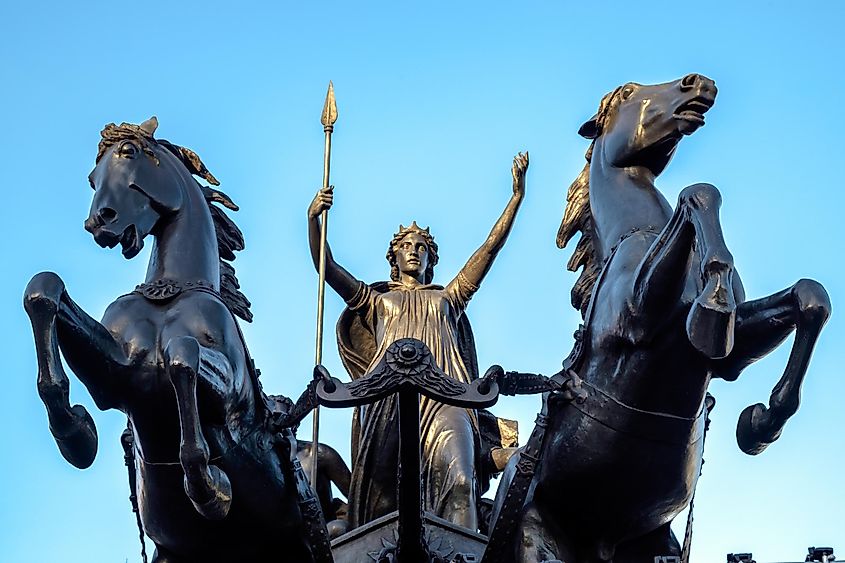
Boudica was the queen of the Iceni tribe in East Anglia, England. After the death of her husband, King Prasutagus, the Roman Governor of Britain annexed and plundered their land. To further humiliate the Iceni people, he publicly tortured Boudicca and ordered the rape of her daughters.
Boudicca would not go down quietly, and she united the disorganized chiefs neighboring in rebellion against the Roman Empire. Although her army made significant gains in their fight against the Romans, they were finally defeated around 61 CE. It is said that she took poison to avoid being taken prisoner.
Today, Boudica is remembered in England as a symbol of rebellion against oppression, and a statue of her and her daughters faces Big Ben to this day.
Cleopatra – Ancient Egypt
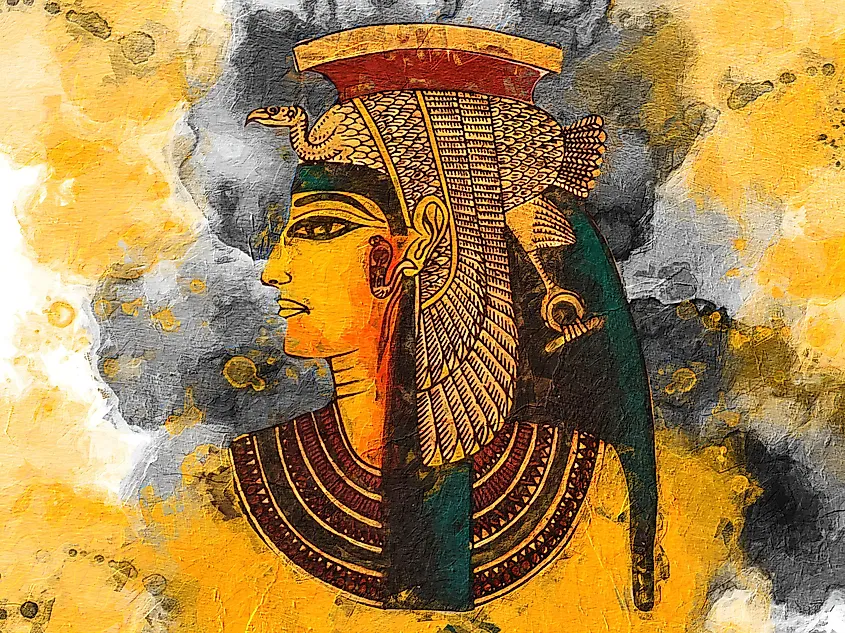
Though Ancient Egypt had hundreds of queens over the years, Queen Cleopatra was undoubtedly the most well-known and influential of them all. Her claim to the throne Egypt was hotly contested, and she was exiled by her brother early on in her rule. She later returned with an army of mercenaries and defeated her brother by seducing and allying with Roman General Julius Caesar, who needed her to control Egypt. Together, they had a son, Caesarion.
After Caesar’s assassination, Cleopatra married Mark Antony and together they tried to win the throne for Caesarion, but they were defeated by Caesar’s nephew and heir Octavian. Mark Antony committed suicide soon after, having falsely believed that Cleopatra had died. Scholars are divided about how Cleopatra herself died, with some saying she was bitten by an asp, while some evidence indicates that she committed suicide as well.
To discredit her legacy, the Roman Senate spread rumors about her being a talentless seductress who controlled men with her beauty, and this image persists today. However, she was most likely known at the time for her charm, wit, cunning, and strategy.
Catherine The Great – Russian Empire
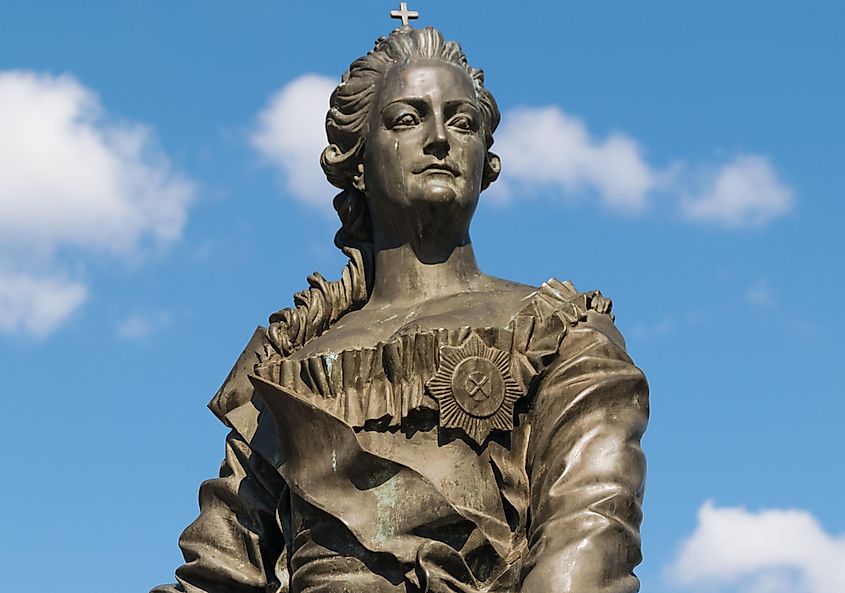
Catherine II ruled as the last Russian Empress from 1762 to 1796. Originally, she was of Prussian descent, and could hardly speak Russia by the time she was married. She came to power in the Russian Empire after a coup deposed her unpopular husband, Peter III. As Empress, she worked to undo policies that had created tensions between him and the Russian nobility. After securing their support, she set on creating new alliances with European powers, and survived several coup attempts.
She has come to be known as Catherine the Great for ushering in a Russian renaissance inspired by Enlightenment ideals. She enacted various reforms intended to boost Russian art and culture, and founded the first publicly financed higher education institution for women. Under her rule, the Russian Empire vastly expanded its borders, and became recognized as a European superpower on the world stage.
While a monarchy might seem undemocratic and outdated to many today, they were the centers of power in the past. These women have challenged many preconceived notions held around their time to change history.


 Users Today : 499
Users Today : 499 Total views : 468977
Total views : 468977